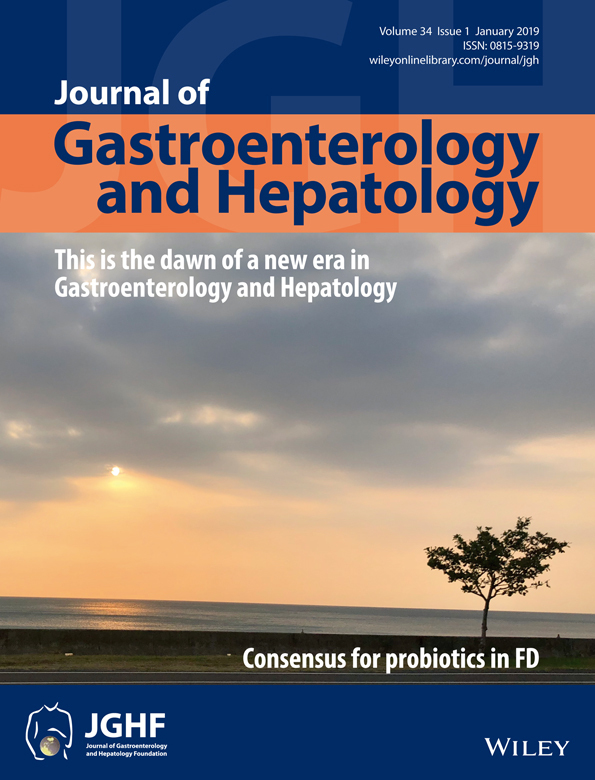Influence of Helicobacter pylori infection on periodontitis
Abstract
Aim
The relationship of Helicobacter pylori infection with periodontitis was examined.
Methods
The study subjects were 686 individuals (males 504, females 182; mean age 53.8 years) who underwent a screening test for periodontitis between April 2015 and March 2018 and whose H. pylori infection status could be determined. The periodontitis test was performed by examining saliva concentrations of lactate dehydrogenase and hemoglobin (Hb), with a lactate dehydrogenase level ≥ 350 U/L and/or hemoglobin level ≥ 2 μg/mL defined as positive for periodontitis.
Results
Among subjects found positive in screening for periodontitis, those classified as negative and positive for H. pylori infection, as well as post-eradicated were 81 (39.7%), 30 (14.7%), and 93 (45.6%), respectively, while those among subjects shown negative for periodontitis numbered 241 (50.0%), 52 (10.8%), and 189 (39.2%), respectively. Subjects noted as negative, positive, and post-eradicated for H. pylori infection comprised 25.2%, 36.6%, and 32.9%, respectively, of all shown positive for periodontitis. Multiple logistic regression analysis indicated that the risk for positive in the periodontitis test was higher among subjects with H. pylori infection as compared with those without, while post-eradicated status tended to reduce that risk. Repeated examinations performed following H. pylori eradication showed that the number of subjects positive for periodontitis was decreased among those who underwent successful eradication.
Conclusion
Helicobacter pylori infection increases the risk for occurrence of periodontitis, which can be reduced by successful eradication.




